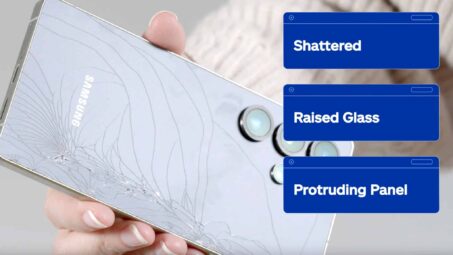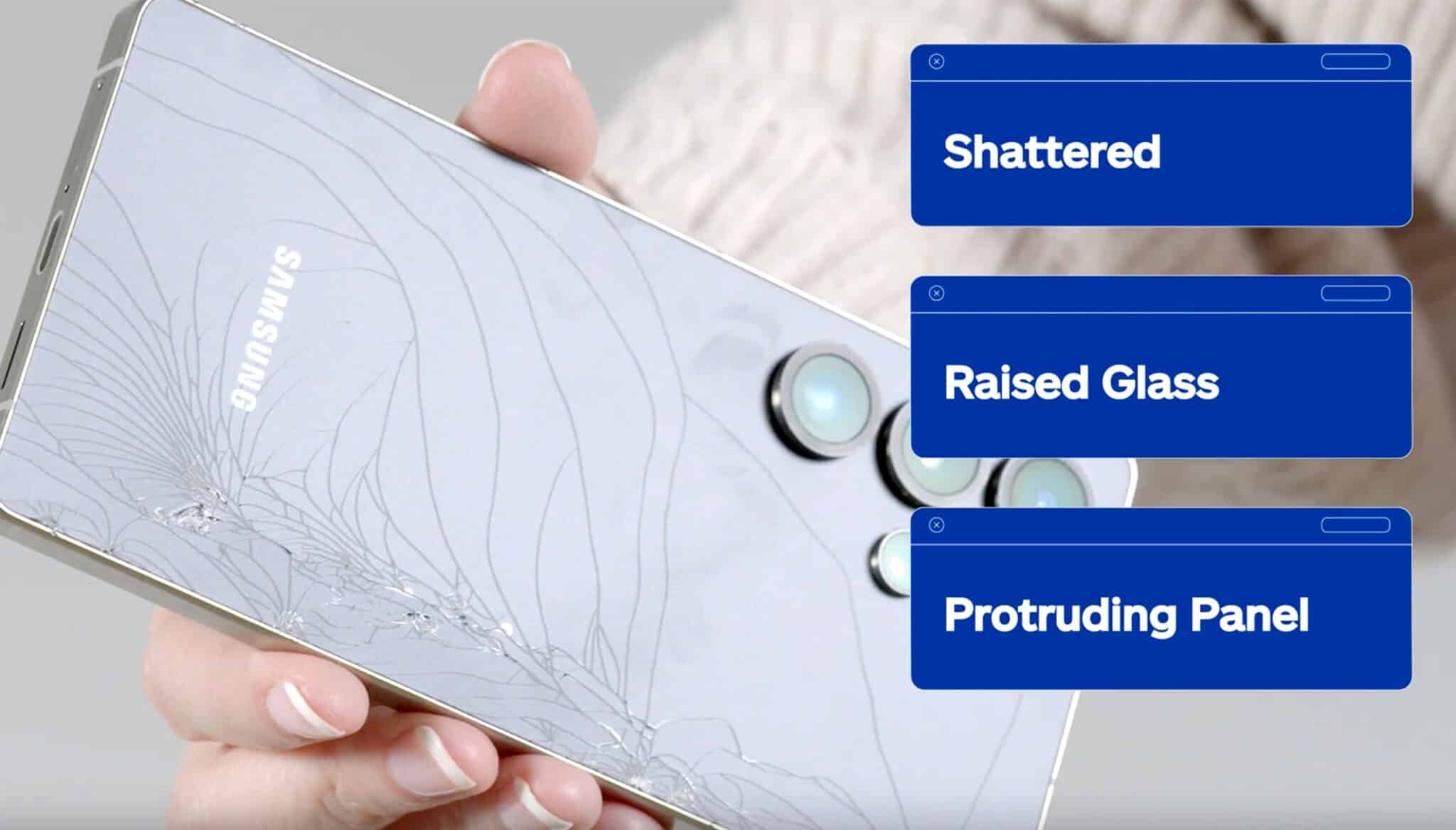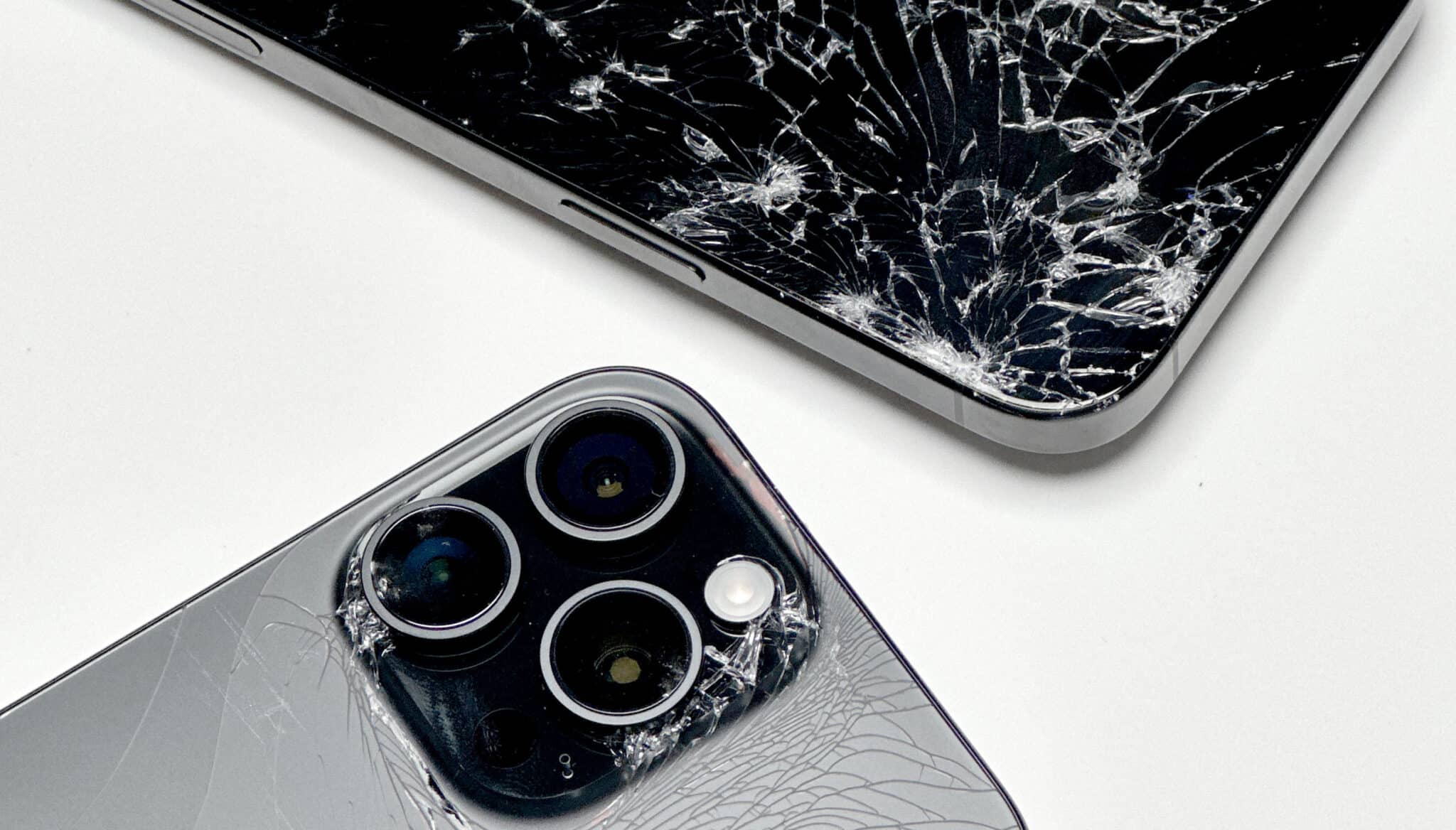Smartphone overheating is an all-too-common problem with modern devices. A hot phone will often lag, run out of battery quickly, or suffer from a shortened life span. While you can (and should!) use your smartphone to snap vacation photos on a hot day at the beach, there are a few things that you can do to keep your phone safe and running properly despite the heat.
Don’t Leave Your Phone Out in the Sun
Summer is here, and many of us are spending more time in the sun—which means that our phones are, too. Smartphones don’t like the sun quite as much as we do. When you’re out in the park, at the beach, or simply relaxing outside, you might find yourself leaving your phone in the direct sun, where it can quickly overheat. Instead, keep your device in the shade or in your pocket to prevent overheating.
Close Little-Used Apps in the Background
Whether you’re actively using them or not, some apps may stay open in the background. Make sure that you frequently check which apps are running and shut down the ones that aren’t currently in use. Otherwise, you could be using more of the operating system than you need to be, which could make your phone run on the hot side.
Give Your Phone a Break
From checking your email to chatting with friends to scrolling through Facebook, your phone likely sees plenty of use throughout the day. Giving your phone a break and powering it down or putting it to sleep temporarily can help it to cool down quickly. This can also help to extend the life span of your device.
Remove Malware From Your Device
Another great preventative measure against smartphone overheating is to check for malware or use a good anti-malware app.
You really need to protect yourself from malware because it:
- Corrupts or steals data
- Hijacks your connection
- Possibly inserts ransomware
This holds especially true if you are using the phone as your main device and you store confidential work or banking information on it.
There are plenty of anti-malware apps to choose from, including:
Another tip if you’re going to use anti-malware apps: It’s good practice to use the same software across all of your devices.
Update the Firmware
It’s easy to just use your phone every day and never think about running updates. If it’s working fine, why bother? However, ensuring you are current with up-to-date firmware is good general practice and can help prevent smartphone overheating from strain on the system.
To update an iPhone:
- Go to “Settings”
- Then, go to “General”
- Tap “Software Update”
- Make sure that your phone is plugged into a charger
- Tap “Download and Install”
To update an Android smartphone:
- Open your “Settings”
- Select “About Phone”
- Tap “Check for Updates”
- If updates are available, tap “Install”
Avoid Using Your Phone When the Signal Is Weak
If your phone’s signal is weak, the phone will automatically search for a faster network and look for a stronger signal. This means that the device works harder and begins to heat up.
To reduce the chance of your phone overheating, it may be best to avoid surfing the internet or making a call when the signal is limited. If you need to call someone, it’s best to wait until you can get to an area with better reception.
Check Your Battery & Charging
If the overheating problem is caused by the phone battery instead of a hot environment, the back of the phone will feel hot. If this is the case with your phone, you may want to replace the battery, as newer batteries tend to be more energy efficient.
It’s a common myth that overcharging your phone causes it to overheat. There is a cutoff that stops modern smartphones from charging more than 100%. But if your charger is damaged or the cable is fraying, this can cause your phone to overheat while it’s charging.
Never Put Your Phone in the Fridge or Freezer to Cool It Down
As tempting as physically cooling down your smartphone may sound, putting your phone on ice will not help its functionality. Cold, wet environments and electronics don’t mix. If you have a smartphone overheating, switch it off and let it cool down naturally instead.
Preventing Smartphone Overheating Using a Factory Reset
If overheating problems continue after trying the other methods on this list, your next option is to try a factory reset. If a factory reset still doesn’t fix the problem, it’s time to call in the professionals. See your local phone repair shop or contact the manufacturer to solve the problem.






